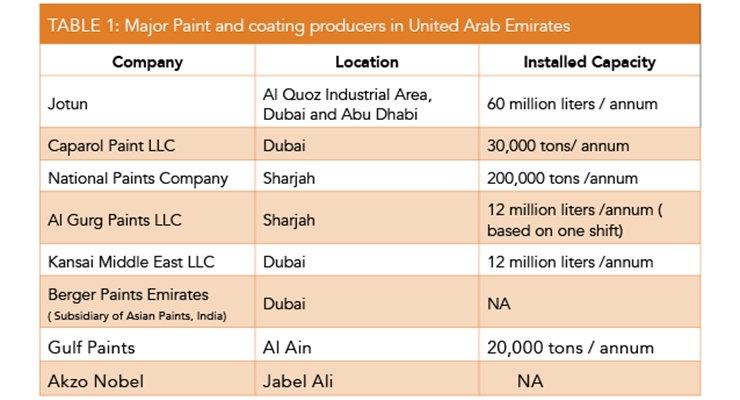Discover The Effect Of Climate Condition On Your Exterior Paint Task For A Perfect Finish
Discover The Effect Of Climate Condition On Your Exterior Paint Task For A Perfect Finish
Blog Article
Produced By-Walls Hjorth
Understanding just how climate condition can influence the end result of an external painting venture is critical for accomplishing a flawless surface. From temperature changes modifying paint attachment to humidity degrees impacting drying out times, each aspect of weather plays a significant duty in the success of your job. Moreover, wind speed and rainfall can present unexpected obstacles that might endanger the top quality of the outcome. As we browse via the subtleties of climate's effect on exterior paint, it comes to be obvious that thorough preparation and calculated timing are essential for making sure a professional and sturdy end result.
Suitable Temperature Level Range for Painting
When considering outside painting jobs, the perfect temperature level variety plays a critical role in achieving optimum results. please click the next website in the appropriate temperature conditions ensures that the paint sticks effectively to the surface, dries out equally, and remedies effectively. Generally, the advised temperature variety for exterior paint is in between 50 to 85 degrees Fahrenheit.
Painting in temperatures listed below 50 levels Fahrenheit can lead to concerns such as bad paint attachment, long term drying out times, and a raised likelihood of breaking or peeling.
On the other hand, painting in temperatures above 85 degrees Fahrenheit can create the paint to dry also swiftly, bring about blistering, gurgling, and an irregular finish.
To attain the most effective outcomes, it is necessary to examine the weather prediction before beginning an external paint job. Ideally, aim to paint throughout light weather with moderate temperature levels and reduced moisture degrees.
Impacts of Humidity on Paint Drying
Humidity degrees significantly impact the drying procedure of paint applied to exterior surfaces. High moisture can prolong the drying time of paint, causing potential concerns such as leaking, streaking, or perhaps the development of bubbles on the repainted surface area. Excess moisture airborne reduces the dissipation of water from the paint, impeding the treating procedure. This is especially problematic for water-based paints, as they count on evaporation for drying.
On the other hand, reduced humidity degrees can also impact paint drying out. Incredibly completely dry problems might trigger the paint to dry too rapidly, bring about inadequate attachment and a harsh finish. In such cases, adding a paint conditioner or splashing a fine haze of water in the air can help control humidity levels and improve the paint end result.
To make sure ideal drying out conditions, it is advisable to repaint when the moisture levels vary in between 40% and 50%.
Monitoring humidity degrees and taking ideal steps can help attain a smooth and sturdy paint coating on outside surfaces.
Wind and Rainfall Considerations
Wind speed and precipitation are critical elements that dramatically influence the success of an outside paint project.
When it pertains to wind, both rate and instructions are vital factors to consider. High wind rates can create paint to completely dry too quickly, causing a below average do with potential issues like splitting or uneven structure. Additionally, wind can carry debris that might adhere to the damp paint, resulting in flaws. As a result, painters should aim to deal with days with light to modest winds for optimal painting conditions.
On the other hand, precipitation, whether rain or snow, can be very damaging to the result of an outside painting project. Moisture from precipitation can prevent paint bond, triggering peeling off and bubbling over time. https://independent-painters-near34311.blog-mall.com/32507595/reference-assessment-ensuring-your-painting-specialist-has-a-solid-background-of-efficiency is crucial to prevent painting throughout rainy or snowy weather to guarantee the longevity and high quality of the paint task. Painters should also enable ample time for the surface area to dry extensively after any type of rainfall before starting or resuming the paint process.
Verdict
Finally, climate condition play a significant role in the result of an external paint job. The ideal temperature level variety, moisture degrees, wind rate, and rainfall all add to the success or failure of the paint work.
It is vital to think about these factors and strategy as necessary to make sure appropriate paint attachment, drying times, and general top quality of the ended up product.
